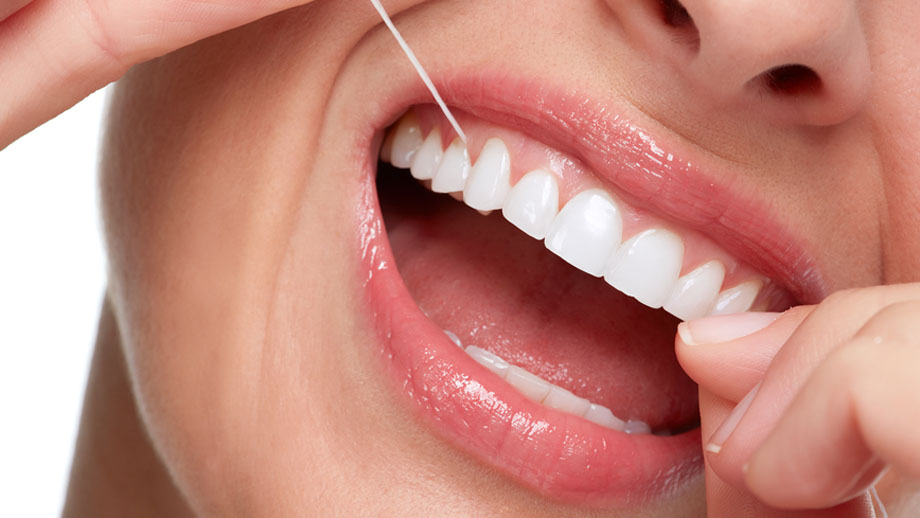Flossing is a fundamental part of a healthy oral hygiene routine, essential for the prevention of tooth decay and conditions such as gum disease. Traditional string floss has been the go-to for many years, but water flossers are now increasingly popular and widely recommended by dentists. So, which is better? In this article, we’ll compare water flossers and string floss to help you choose the best tool for your dental hygiene needs.
EASE OF USE
Water flossers tend to have the upper hand when it comes to usability. A water jet is easy to direct between teeth and along gum lines, while the long neck of water flossers makes reaching the corners of your mouth more manageable.
In contrast, string floss requires proper technique and some dexterity to reach difficult spots. This is what most people find most challenging. Whether you choose to wrap floss around your fingers or use a floss pick, manoeuvring the string between teeth isn’t the simplest of tasks.
It has to be a vote for water flossers when it comes to ease of use.
EFFECTIVENESS
Both methods can effectively remove plaque and debris with the proper technique, but they do it in slightly different ways. String floss is effective at scraping away food particles and plaque from the surface of teeth and between them, while water flossers use high-pressure water jets to clean deep pockets and areas where string floss may struggle.
With these differences in mind, it’s difficult to say that one is more effective overall. However, they’re certainly better suited for different things. For example, water flossing is useful for people with braces and dental implants, but string floss remains a reliable method for the average person.
COST AND RECURRING COSTS
Water flossers usually have a higher upfront price. Depending on the brand and features, a quality model costs anywhere from £30 to over £100. Replacement tips can also add to the ongoing expenses, but these should be few and far between.
String floss, on the other hand, is much cheaper initially. However, its single-use nature means that the majority of the costs are ongoing because you always have to buy more floss.
The choice between water and string flossing may come down to cost, but it’s largely up to your preferences and budget.
ENVIRONMENTAL IMPACT
There are environmental pros and cons to both flossing methods. Water flossers are reusable and thus reduce single-use plastic waste. However, they require water and electricity, contributing to your overall energy usage.
String floss is often made of nylon and usually comes in plastic packaging, which can be harmful to the environment if not properly disposed of. There are eco-friendly string floss alternatives made with biodegradable materials, although they tend to be more expensive.
Both water and string flossing have benefits and downfalls for sustainability, however, the reusable option tends to be more popular than the disposable option for many consumers.
The answer you’re looking for ultimately comes down to your circumstances and preferences. If you’re looking for something easy to operate and reusable, a water flosser is a great choice. If cost–effectiveness and reliable cleaning are your priority, you may want to choose string floss. But you can always use both too!
